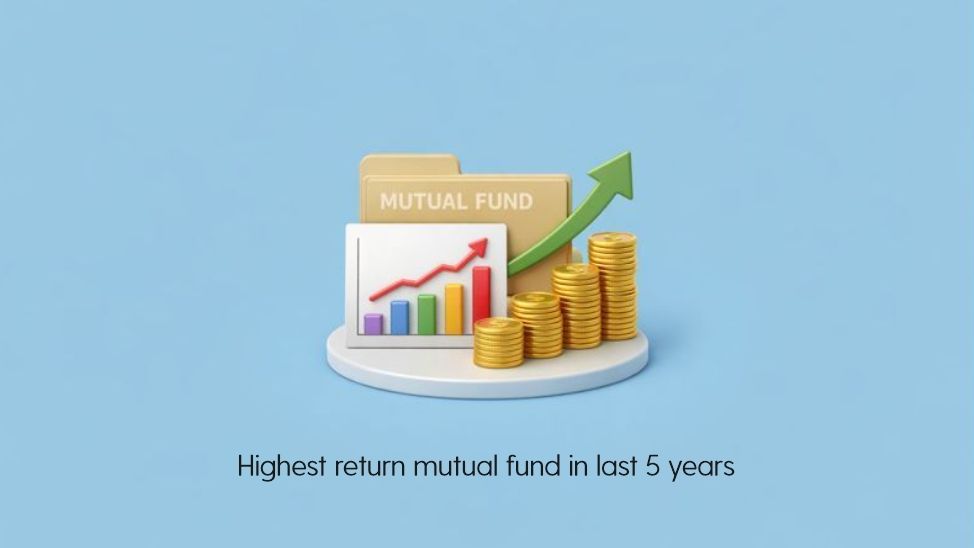- Home
- Blog
- Demat Account
- PE Ratio Meaning
- PE Ratio Meaning
PE Ratio Meaning

- Published Date: January 04, 2021
- Updated Date: November 18, 2025
- By Team Choice
Defining PE Ratio
The price-to-earnings ratio (PE) is a measure that compares a stock’s price to its earnings per share (EPS).
The PE ratio is calculated by taking a stock’s price by its estimated earnings.
As a result, a higher value denotes a higher cost for a lower return, while a lower value denotes a higher return for a lower cost.
PE Ratio Meaning
The significance of a PE ratio is heavily influenced by the context. The company’s industry, the status of the general market, and the investor’s own interpretation can all influence how a PE ratio is evaluated.
PE ratios have historically been high in some industries, such as the utility industry.
As a result, when evaluating a company’s stock, it’s better to compare its PE ratio to the industry average rather than the market average.
PE Ratio Formula
The P/E ratio of a firm is computed by dividing its stock price by its earnings per share (EPS).
High PE Ratio
- A high PE ratio shows that a stock’s price is expected to be relatively high compared to its earnings.
- A high PE ratio could indicate that a stock is undervalued by the market. If this is the case, the price may rise quickly.
- High PE ratios must also be viewed in the context of the industry as a whole.
- If many other utility firms in the industry have high PE ratios, a high PE ratio for one particular utility company isn’t necessarily a problem.
What is a Good PE Ratio?
- A good PE ratio is one that is steady or indicates continuous growth, though the exact value for a given company may differ.
- PE ratios can be misleading if they are calculated without taking into account a company’s recent history.
Rather than risking money on a stock that appears to be over or overvalued, it is often safer to invest in a firm whose PE ratio appears to accurately value the stock.
Types of PE Ratio
Forward PE Ratio
- A forward PE ratio is one that is calculated using expected future earnings.
- Because it is inherently an estimate, it is also referred to as an “estimated PE ratio.”
- Forward PE ratios are useful for estimating growth by comparing current earnings to future earnings.
- Furthermore, if the estimates are correct, it might provide investors with insight into stocks that are anticipated to enjoy growth in the near future.
- Companies frequently publish their own forward PE ratios.
Trailing PE Ratio
- The trailing PE ratio is calculated using a stock’s earnings per share over the previous 12 months.
- The valuation approach is more objective, as it is based on already recorded data rather than forecasted data.
- Investors that are suspicious of analysts’ estimates or numbers published by a corporation don’t necessarily believe them.
Note: However, there are certain disadvantages to this strategy. Past earnings, in other words, do not always predict future earnings. Because the stock market is continually fluctuating, the price of a stock yesterday is not always indicative of its price tomorrow.
Conclusion
PE Ratios are still one of the most used valuation methods. On one hand, the Price Earnings Ratio is simple to calculate and comprehend; nevertheless, its application can be extremely difficult. Please be cautious while calculating Price Earnings Ratios, and remember to take into account not only the Trailing but also the Forward PE Ratios when determining the proper Target Price.
Recommended for you

FII DII Data - Live Data

Share Market Prediction For Tomorrow

Market Prediction Today (2nd December 2025)
